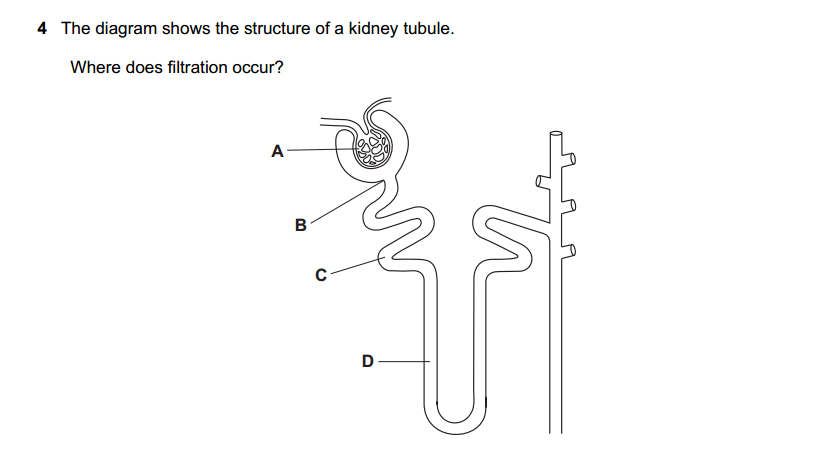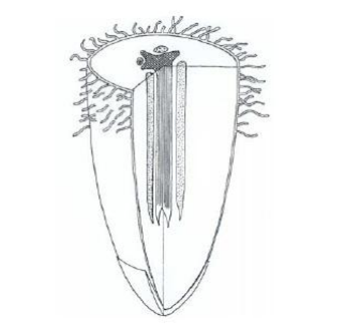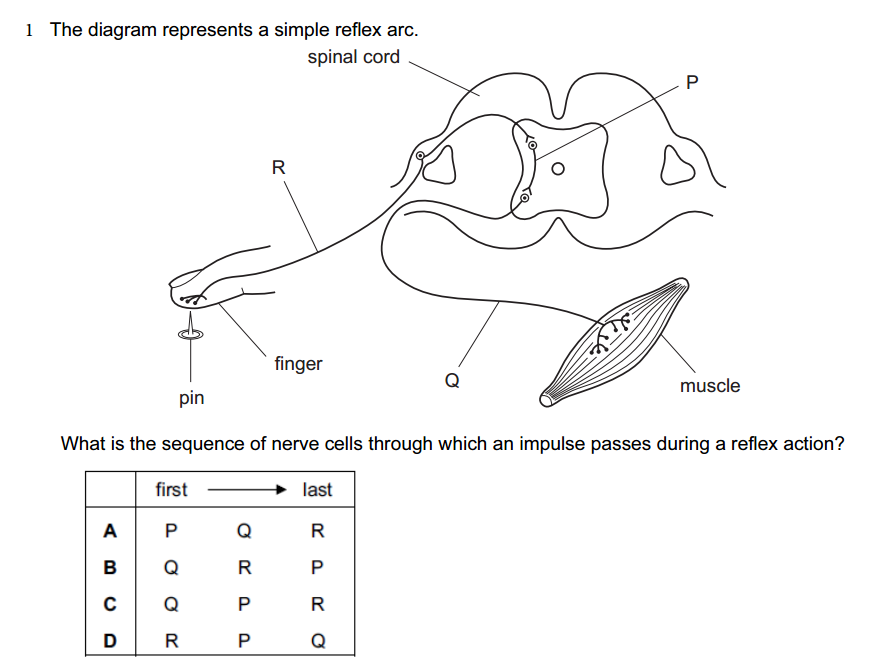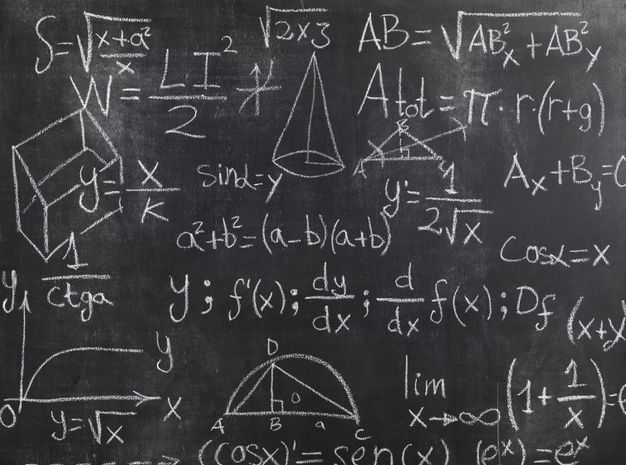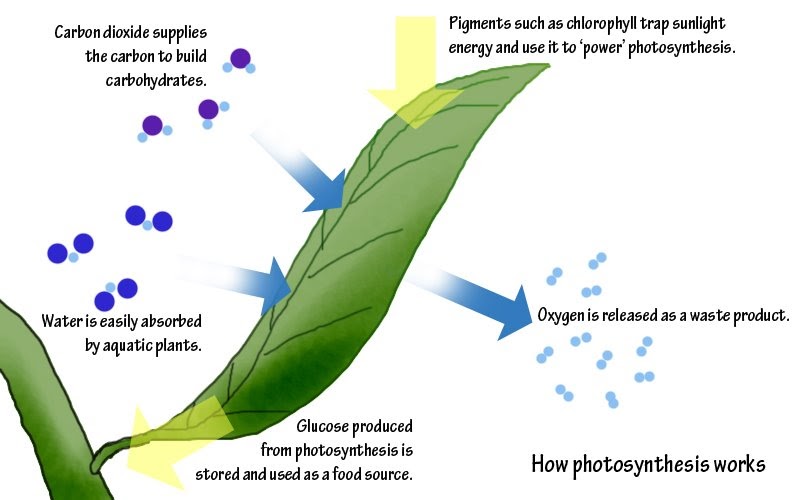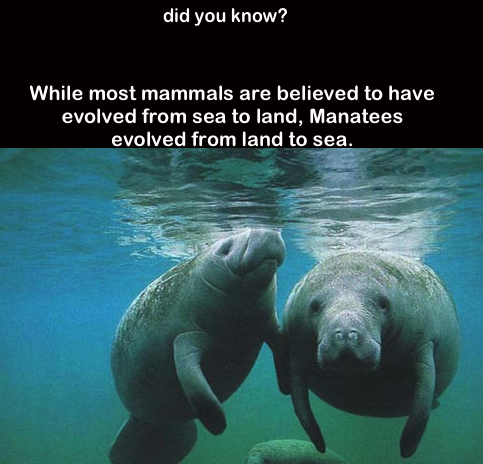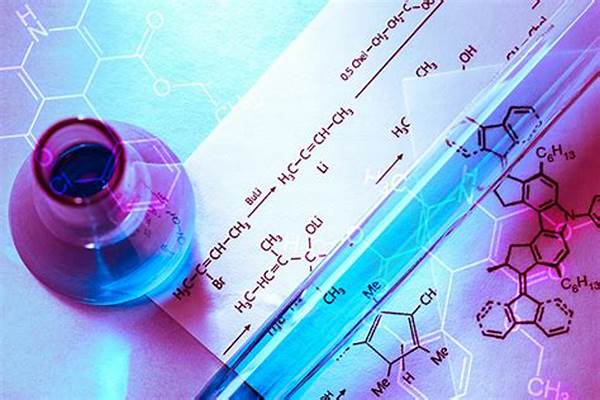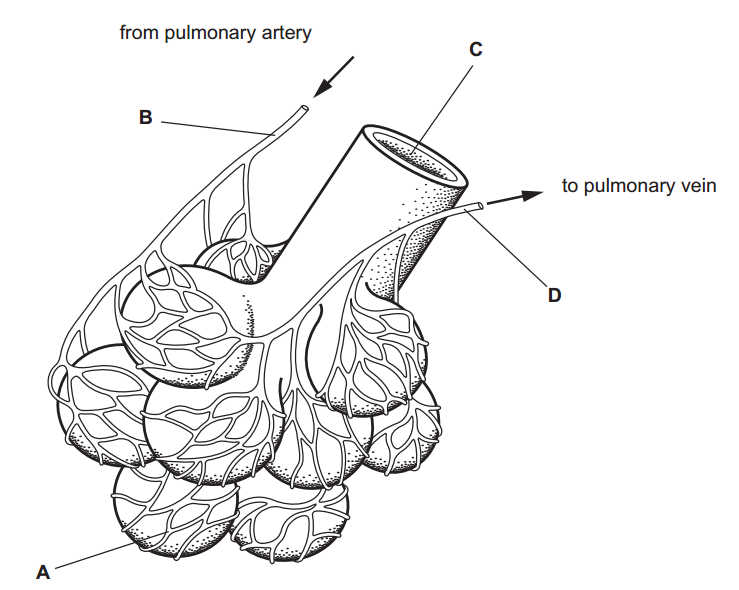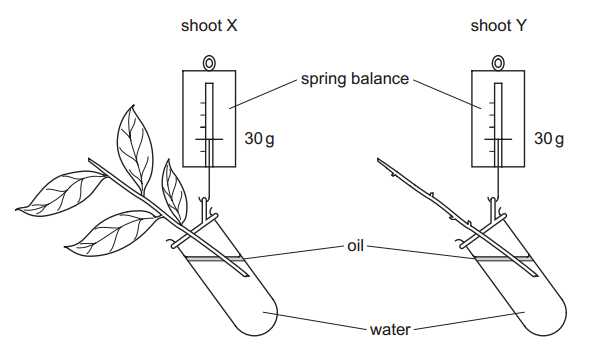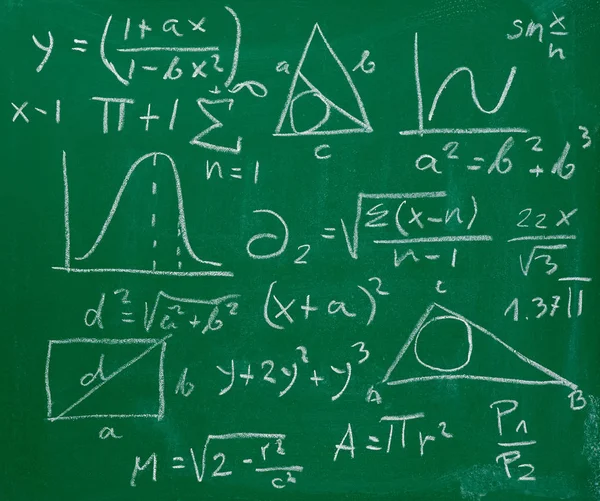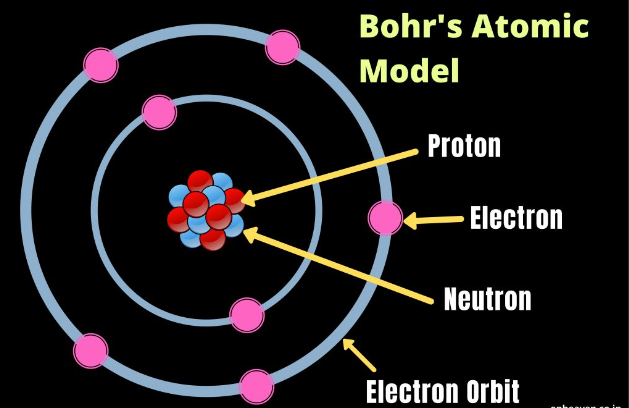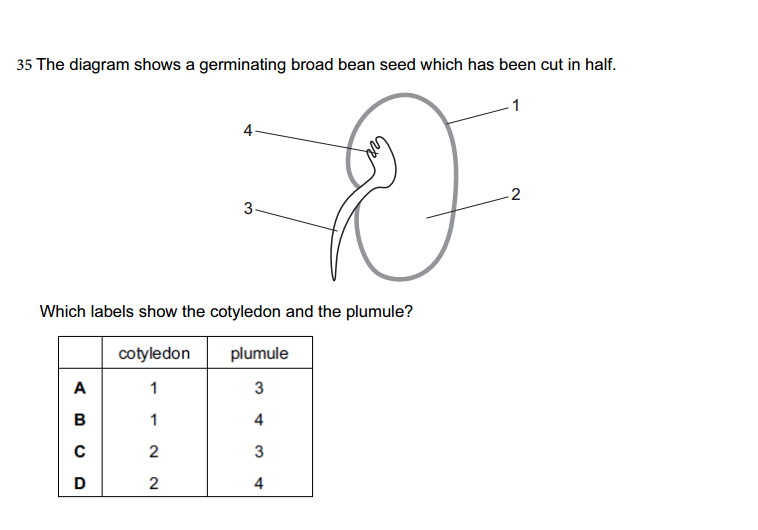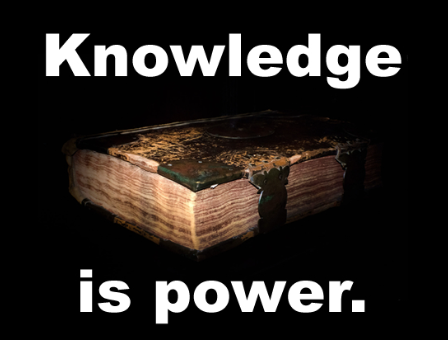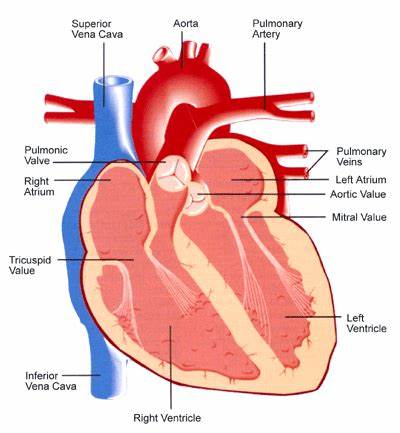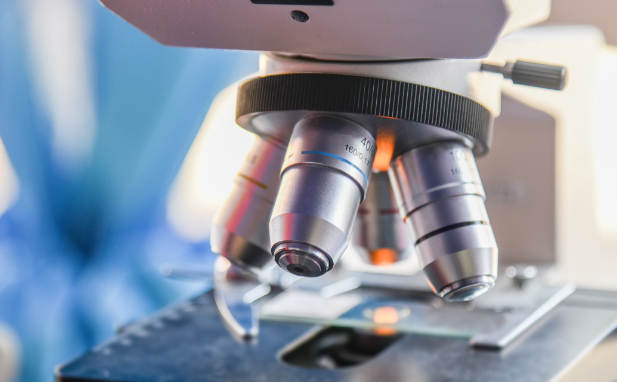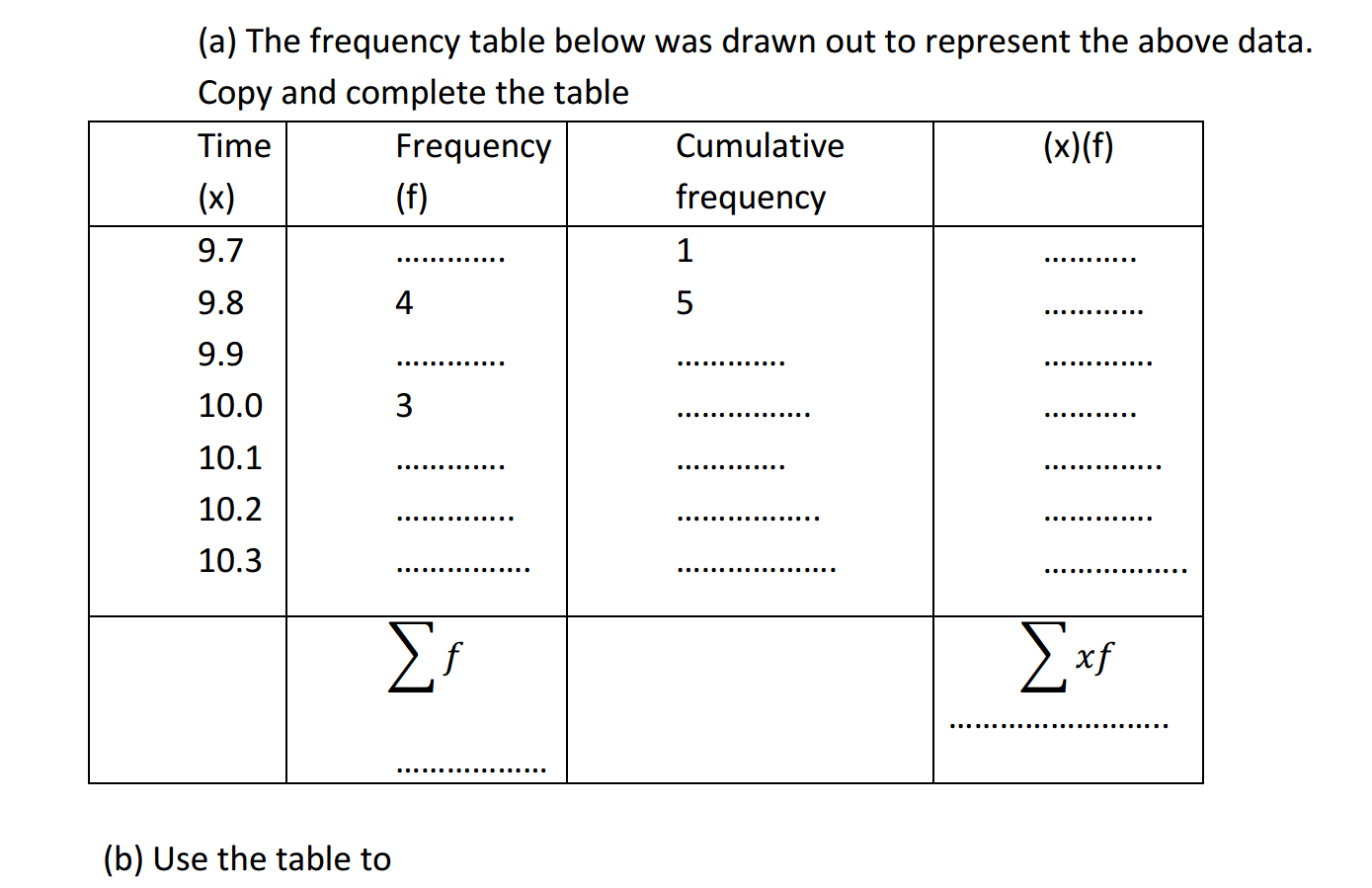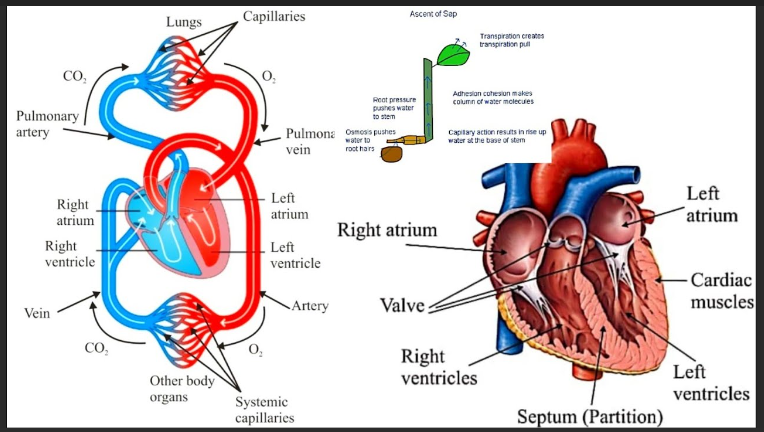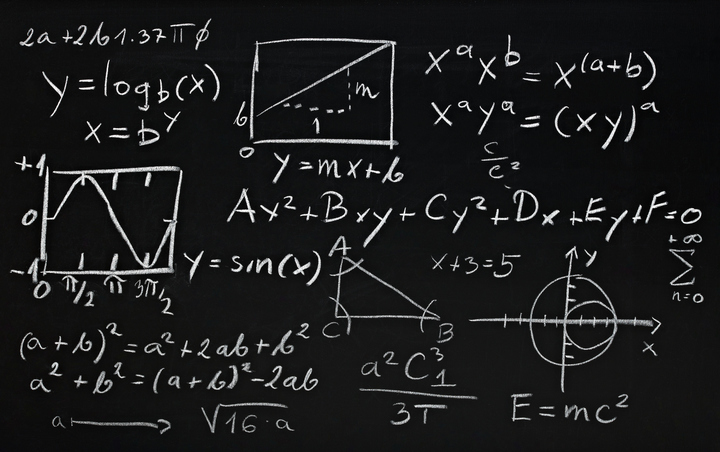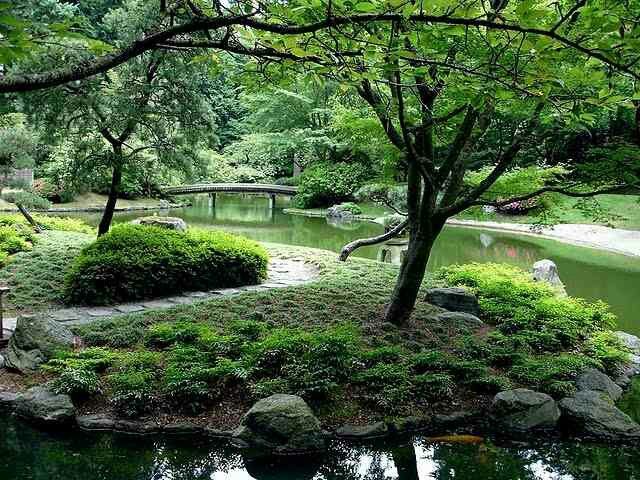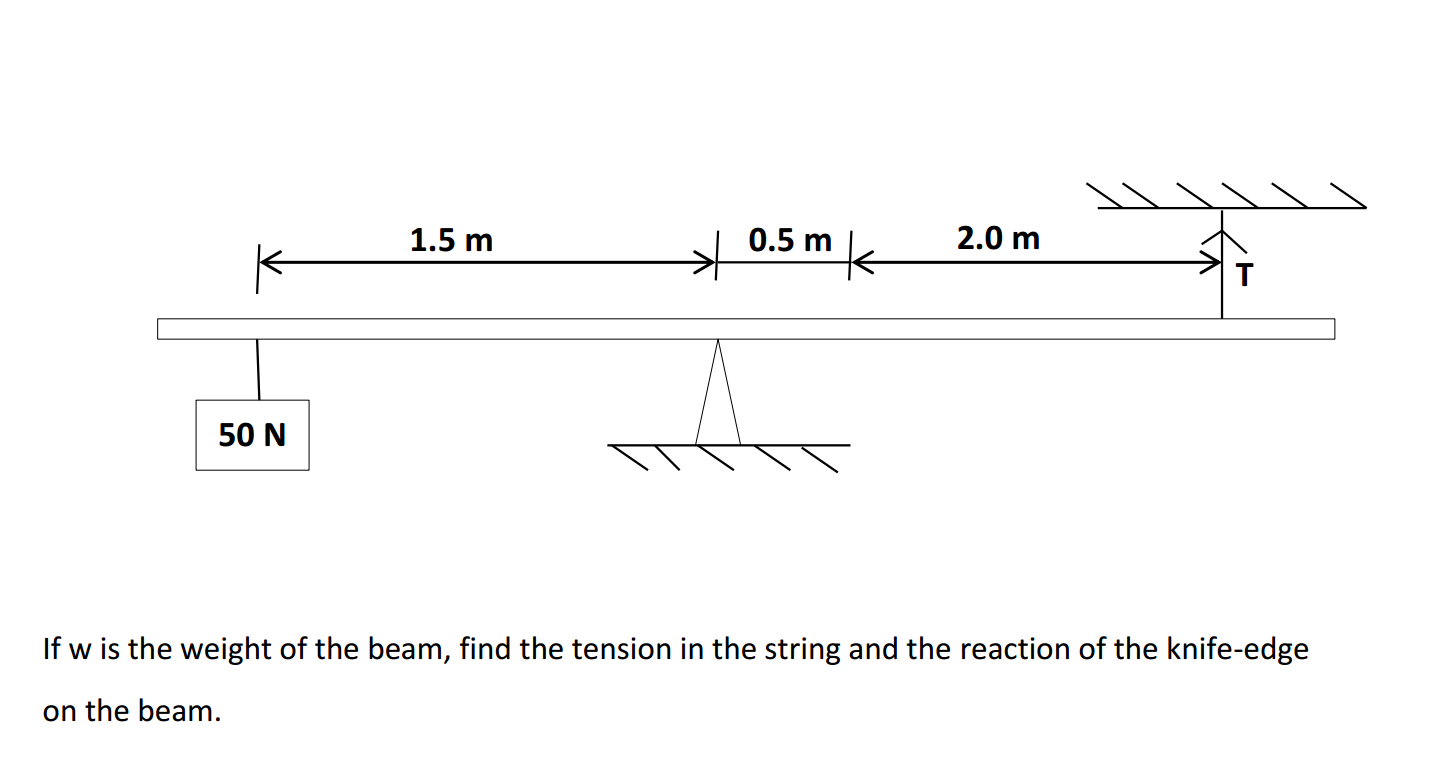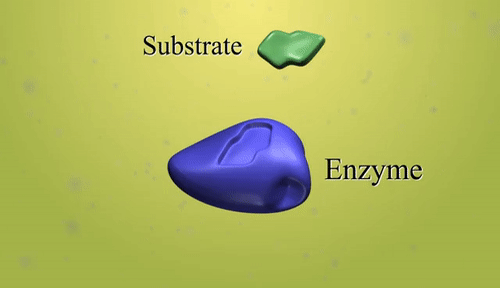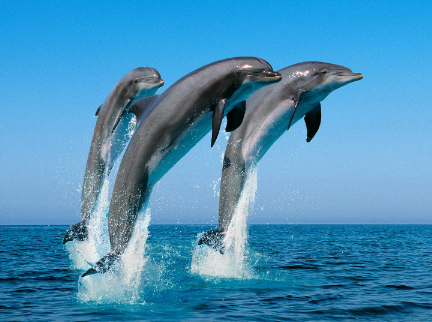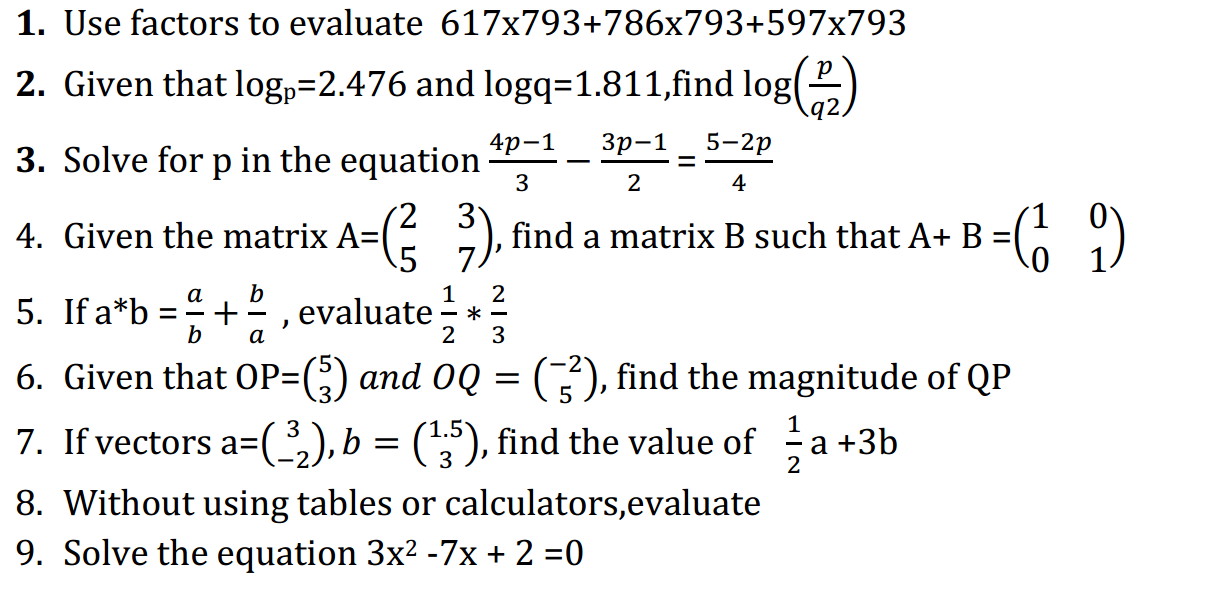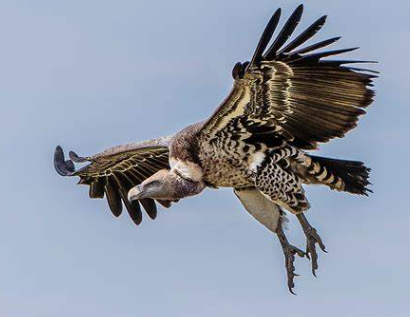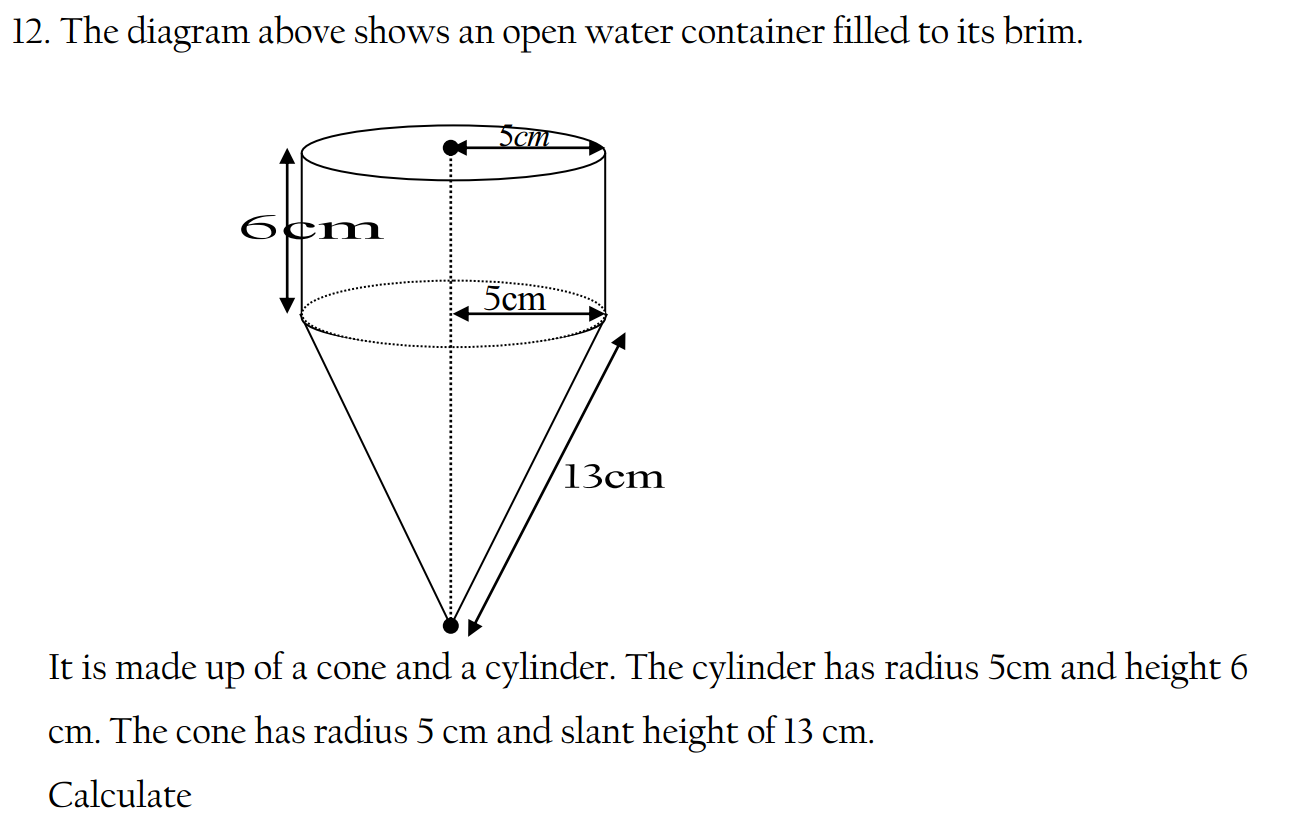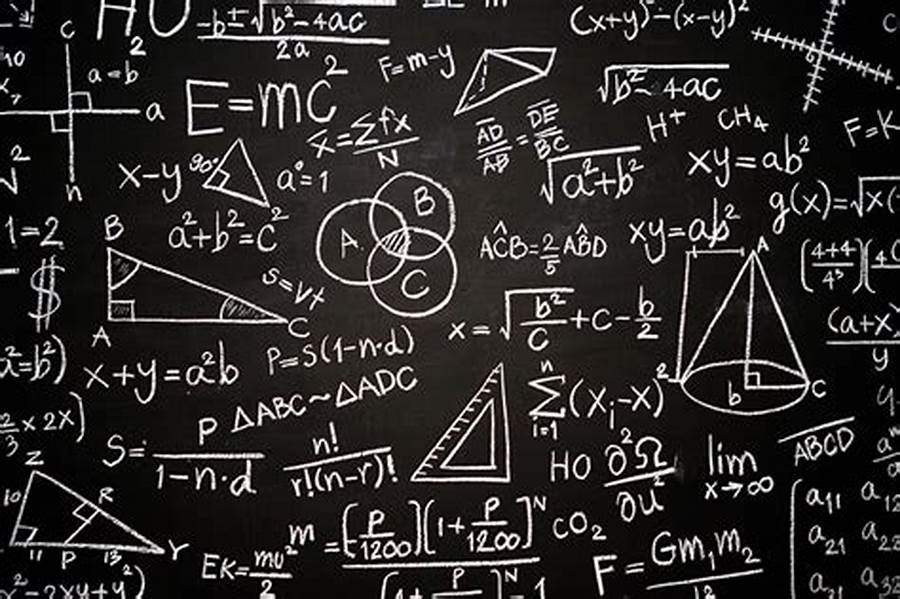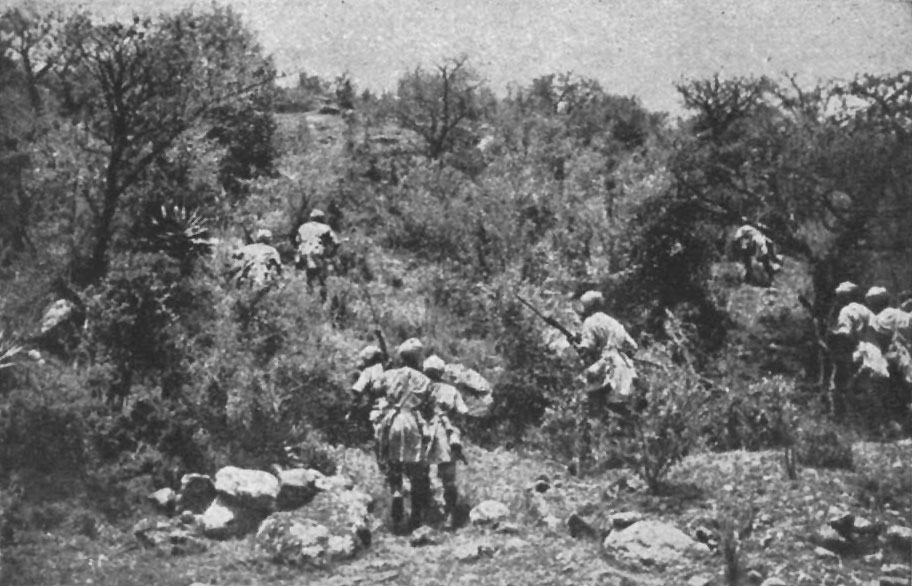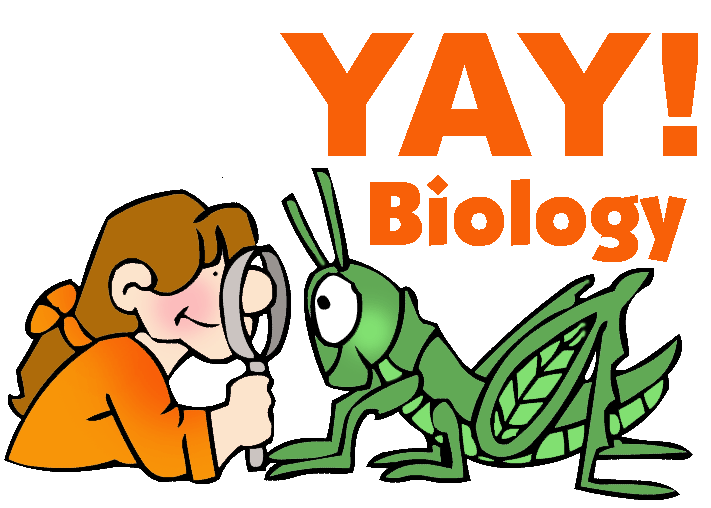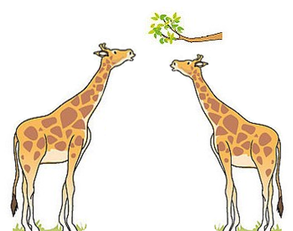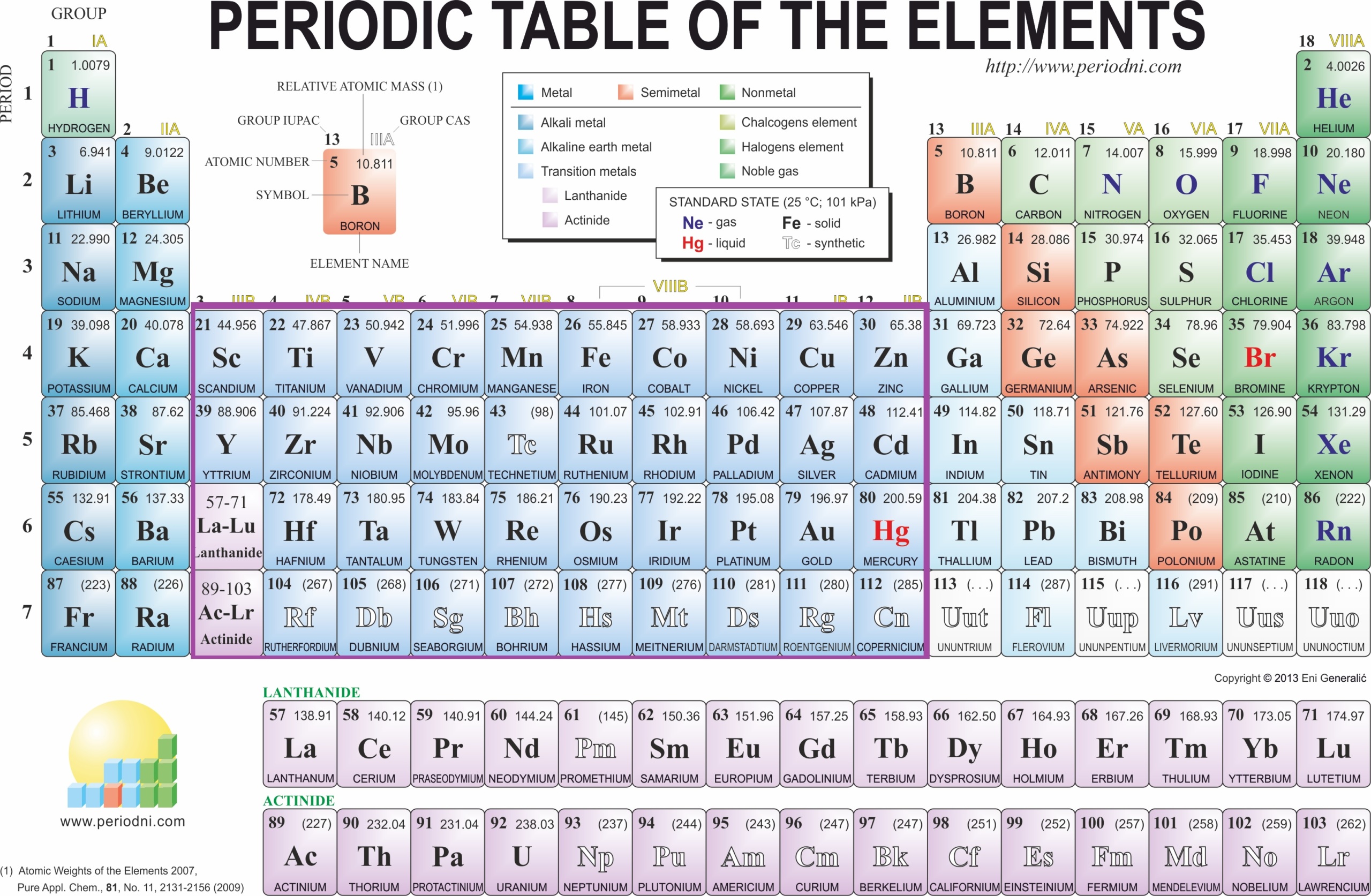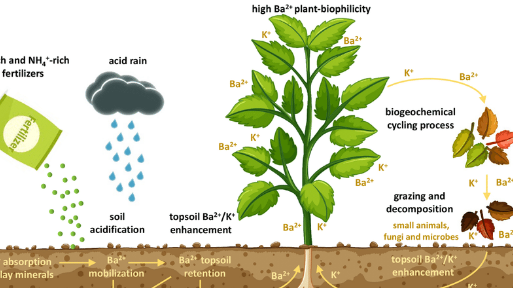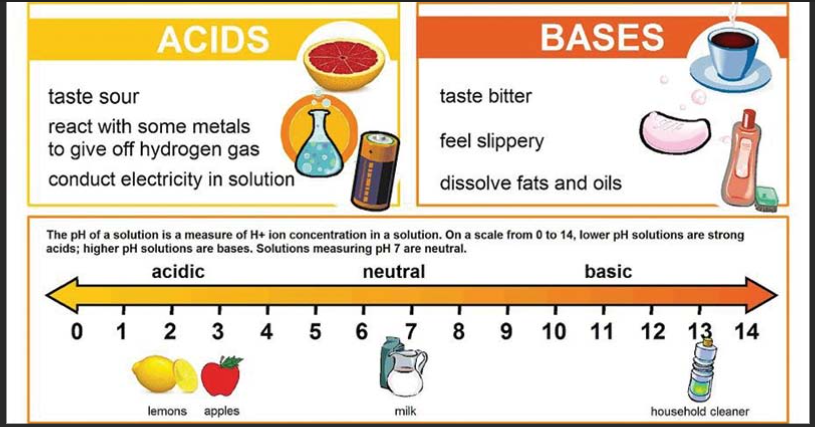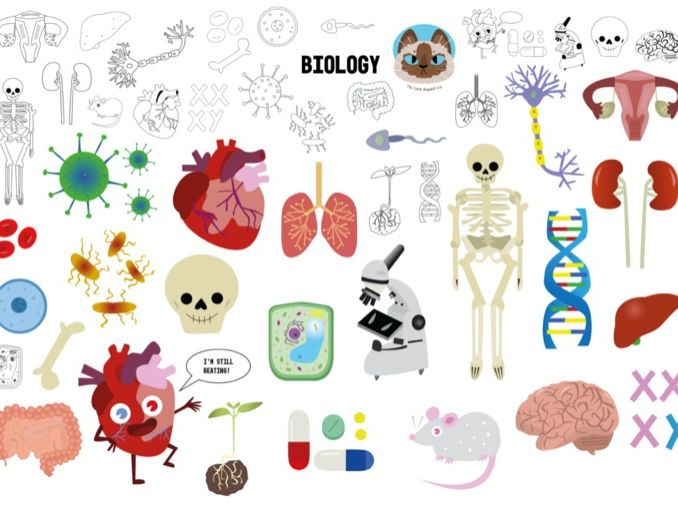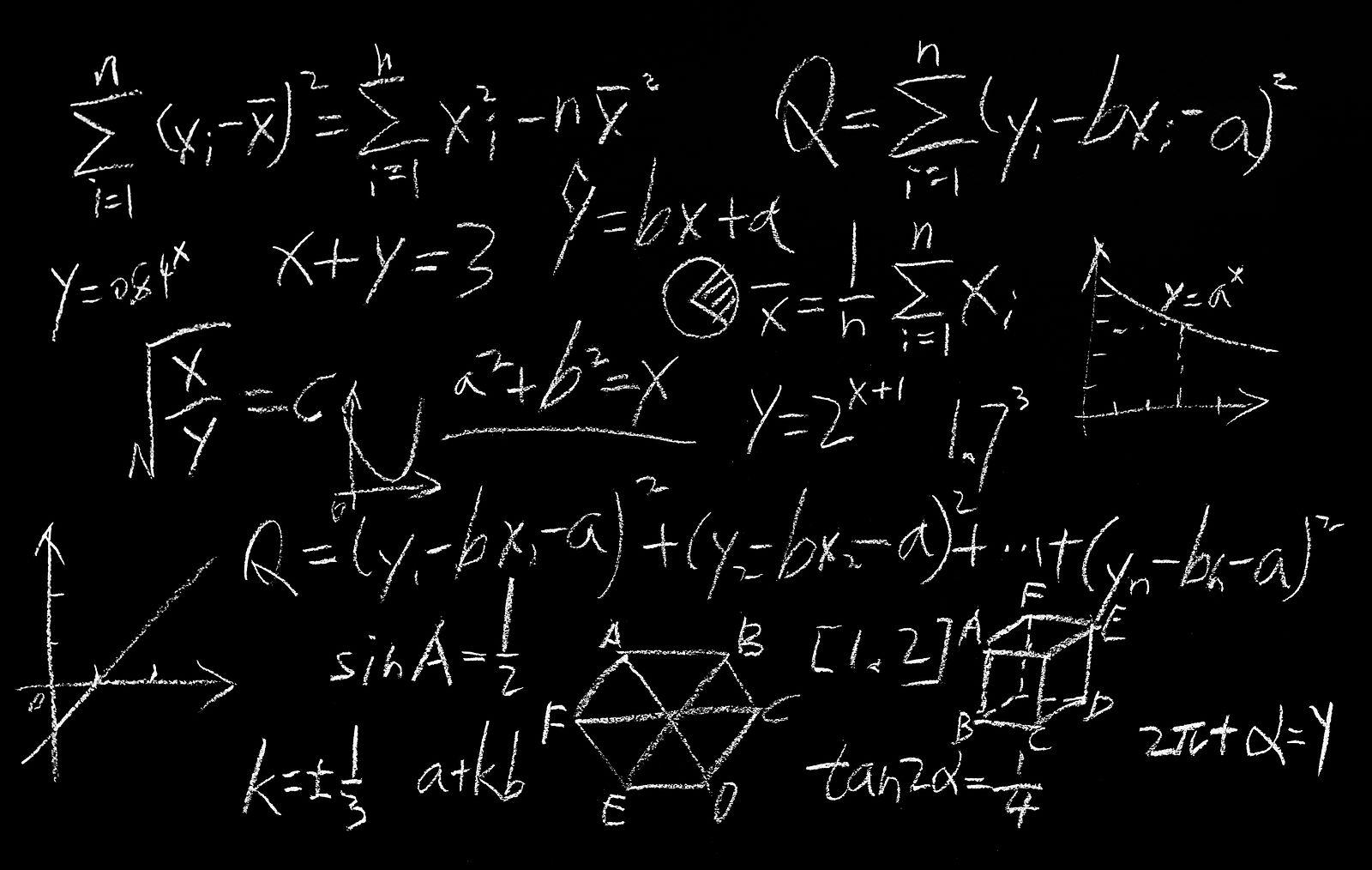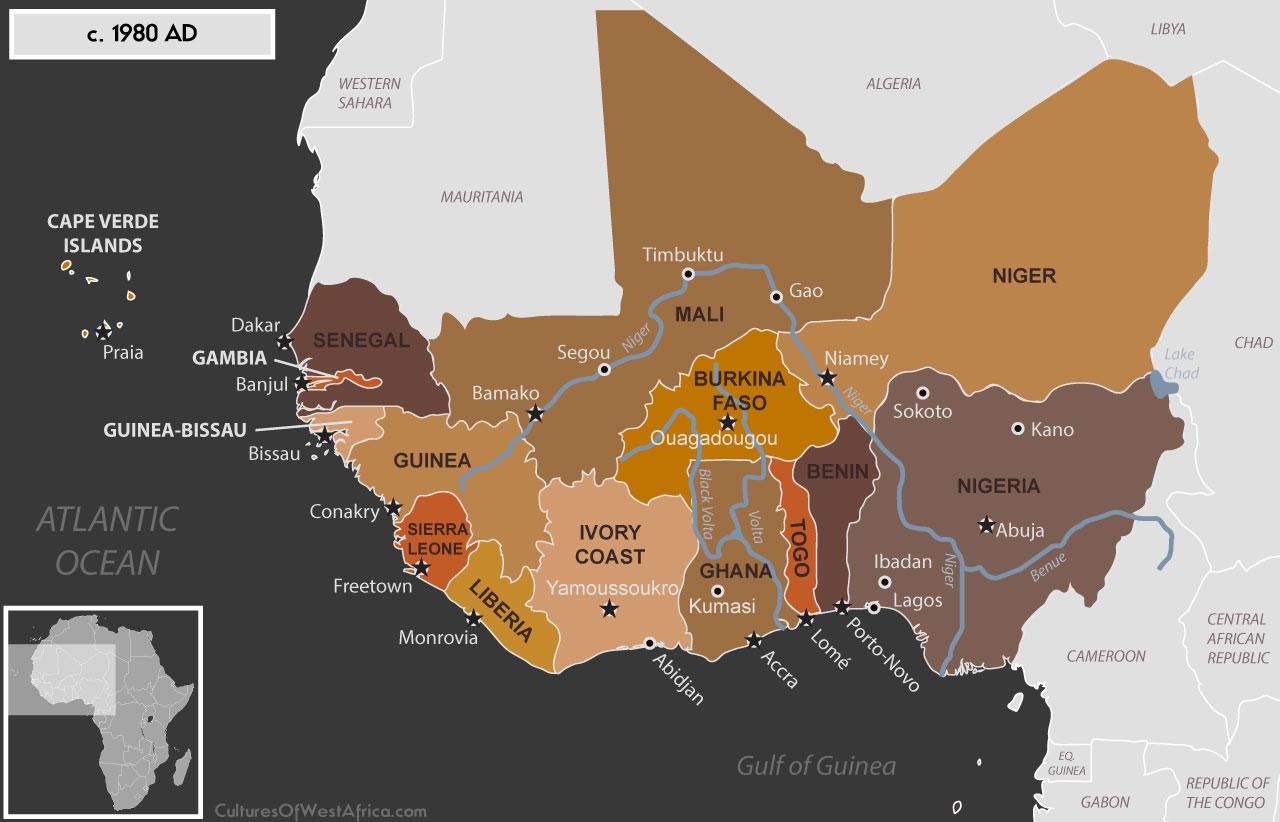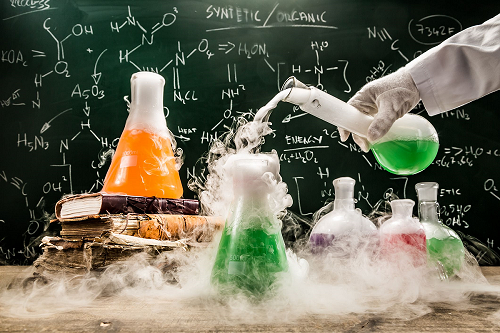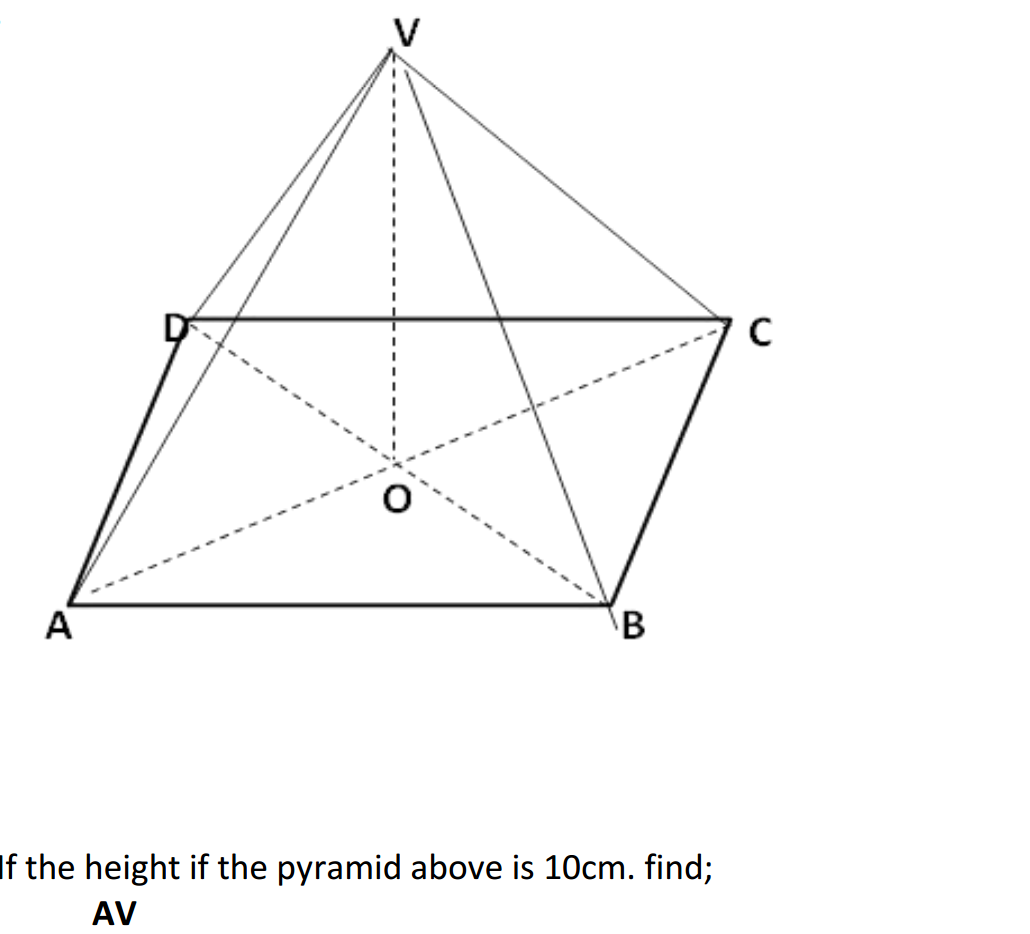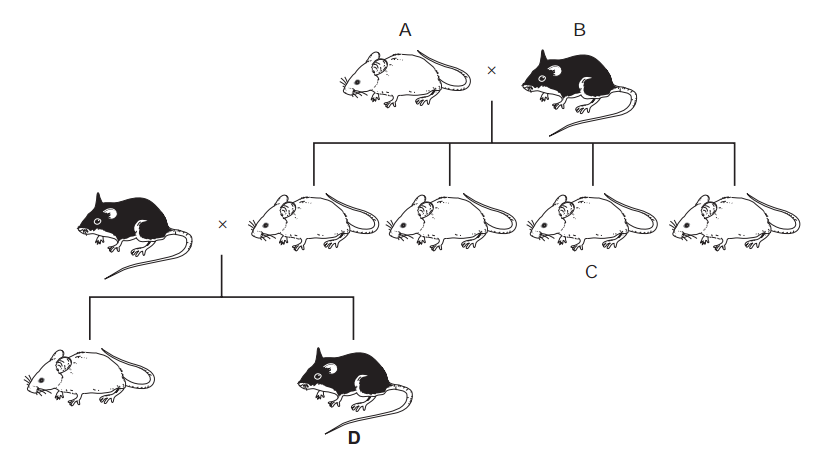Biology is a branch of science that deals with living organisms and their vital processes. Biology encompasses diverse fields, including botany, conservation, ecology, evolution, genetics, marine biology, medicine, microbiology, molecular biology, physiology, and zoology.
1. The stomach is considered as an organ, because…
A. it consists of a group of cells working together to digest food
B. it consists of different tissues working together to digest food
C. it is a basic unit of life
D. it produces digestive enzymes to digest food
2. What is the process whereby small molecules, such as glucose and urea, pass from the blood into the nephron at the Bowman’s capsule?
A. Active transport
B. Diffusion
C. Selective reabsorption
D. Ultrafiltration
3. Excess amino acids are toxic to the human body, and must be deaminated. Excess amino acids are deaminated in the…
A. Ileum
B. large intestine
C. liver
D. stomach
4. The first step in the test for starch in a leaf, is to place the leaf in boiling water for about 5 minutes. What is the reason for this step?
A. To denature all enzymes in the leaf
B. To make the leaf softer so that it is easier to test for starch
C. To remove air in the leaf
D. To remove chlorophyll from the leaf
5. The following events occurs during inspiration in a man, except:
A. External intercostal muscles contracts
B. Internal intercostal muscles contracts
C. Diaphragm contracts
D. Internal intercostal muscles relaxes
6. Which organisms convert ammonium compounds to nitrates? A. decomposing bacteria B. nitrifying bacteria C. decomposing fungi D. nitrogen-fixing bacteria
The following constitute both blood and lymph except
A. Water
B. Dissolved food
C. Lymphocytes
D. Erythrocytes
7. Which blood vessel transports absorbed food substances to the liver?
A. Hepatic artery
B. Hepatic vein
C. Hepatic portal vein
D. Pulmonary artery
8. The process by which water enters the root hair cell is called
A. active transport
B. osmosis
C. diffusion
D. phagocytosis
9. Which conditions would cause a plant to wilt most rapidly?
A. High humidity, high temperature, high wind speed
B. High humidity, low temperature, high wind speed
C. Low humidity, high temperature, high wind speed
D. Low humidity, low temperature, high wind speed
10. Which of the following correctly describes the processes occurring in a person’s skin when he takes a cold shower?
A. The arterioles constrict, and sweat glands are more active.
B. The arterioles constrict, and sweat glands are less active.
C. The arterioles dilate, and sweat glands are more active.
D. The arterioles dilate, and sweat glands are less active.
11. To which phylum do liver flukes belong?
A. Mollusca
B. Platyhelminthes
C. Annelida
D. Arthropoda
12. What are the final products of anaerobic respiration in plants?
A. Carbon dioxide, water and energy
B. Carbon dioxide, water and alcohol
C. Carbon dioxide, alcohol and energy
D. Carbon dioxide and alcohol
13. What is the percentage of humus in soil if the following results were obtained in an experiment:
• Mass of empty crucible = 22g
• Mass of soil + crucible before drying = 50g
• Mass of soil + crucible after drying = 46g
• Mass of soil + crucible after heating to red hot = 44g
A. 25%
B. 7.14%
C. 21.4%
D. 8.33%
14. The following are components of axial skeleton of mammals, except:
A. Sternum
B. Vertebrae
C. Ribs
D. humerus
15. Which one of these insects does not lay eggs in its lifecycle?
A. Bee
B. Grasshopper
C. Tsetse fly
D. Housefly
16. In a mammalian heart, the left ventricle is more muscular than the right because it
A. Pumps a lot of blood to the lungs.
B. Pumps blood to all parts of the body.
C. Receives blood from all parts of the body.
D. Receives more blood.
17. Which of the following are end products from digestion of cane sugar?
A. Sucrose and maltose.
B. Glucose and fructose.
C. Maltose and galactose.
D. Fructose and galactose
18. A soil with poor water retention ability has
A. Low capillarity.
B. Small particles.
C. Poor aeration.
D. Poor drainage.
19. Which one of the following is a method for controlling tapeworms
A. Use of insecticides.
B. Chlorination of water.
C. Drainage of stagnant water
D. Proper disposal of seawage.
20. Which one of the following factors favor cross pollination?
A. Stamens and carpels maturing at the same time.
B. Flowers remaining closed after maturation.
C. Stamens being situated below the stigma.
D. Style being shorter than the filament.
21. Which ones of the following hormones are both produced by gonads
A. Testosterone and adrenaline.
B. Follicle stimulating hormone and thyroxin.
C. Progesterone and oestrogen.
D. Anti- diuretic hormone and oestrogen.
22. Which one of the following are products of aerobic and anaerobic respiration
A. Water and carbon dioxide.
B. Carbon dioxide and oxygen.
C. Ethanol and water.
D. Carbon dioxide and lactic acid.


